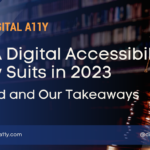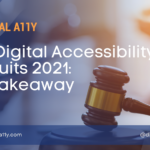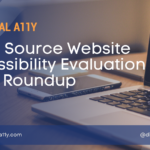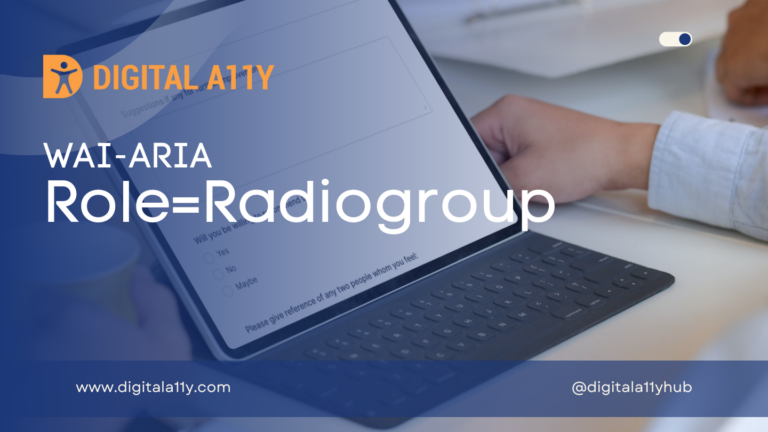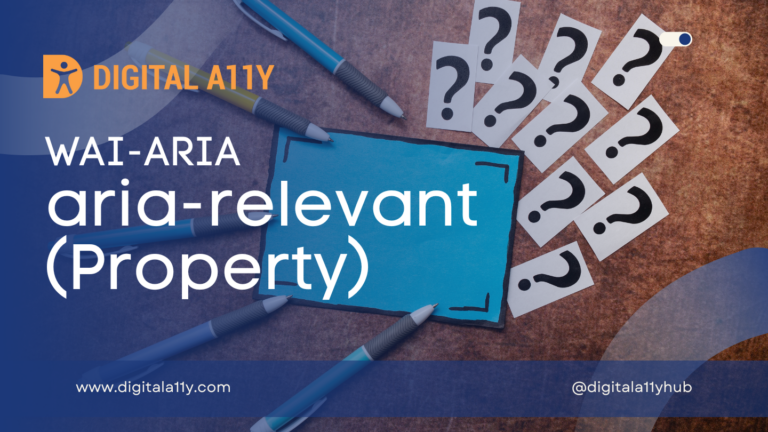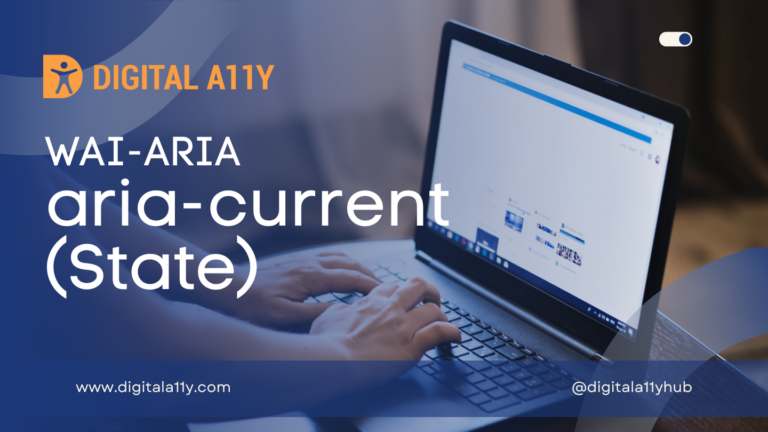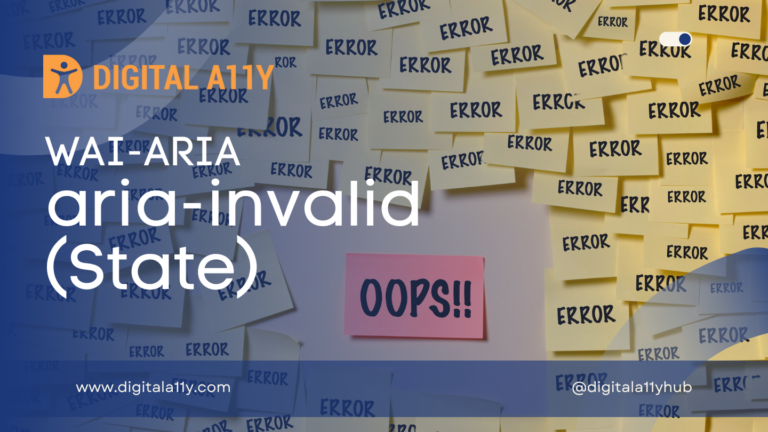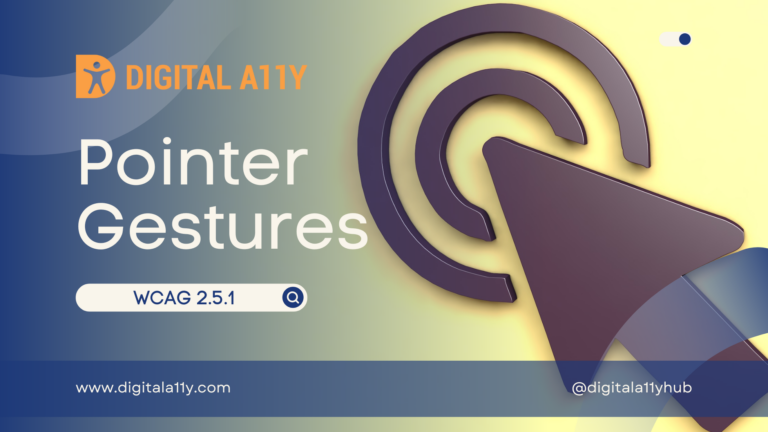How Much Does ADA Website Compliance Cost?
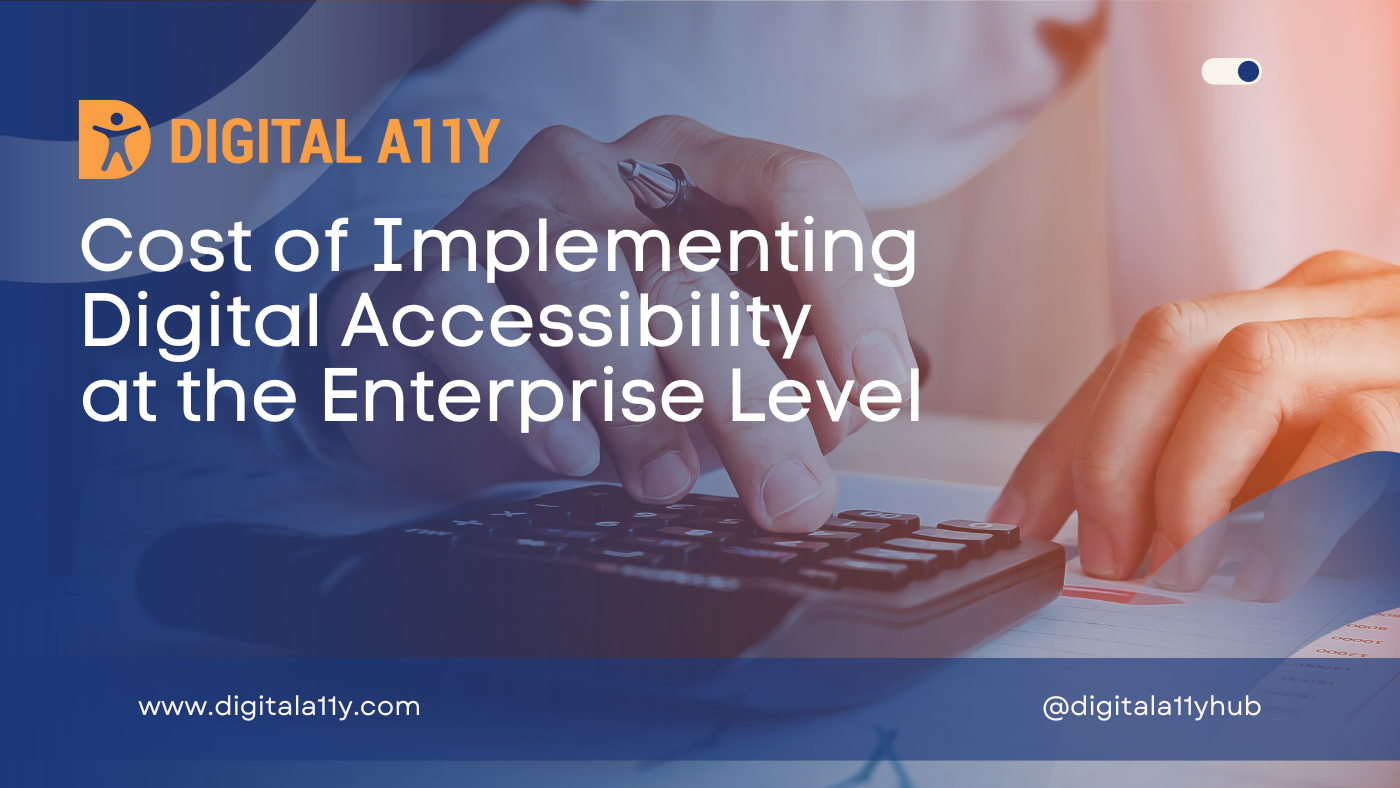
Achieving digital accessibility compliance is one of the business goals that all organizations need to REALIZE for their digital assets. Apart from policy, knowledge and resources, cost is the most principal factor every enterprise needs to consider.
In 2022 alone, more than 4000 lawsuits were filed against various small, medium, and large enterprises for not complying with disability rights laws. While this is a huge jump year by year, the cost incurred for settlements and lawyers’ fees is much higher than performing an accessibility audit, remediation, and training staff.
The process of achieving accessibility compliance is broken into six categories:
- Accessibility software
- Accessibility audits
- Accessibility remediation
- Accessibility trainings
- Maintenance
- Legal
Each of these workflows play a critical role in achieving accessibility compliance.
Accessibility Software
Enterprises may need to acquire or subscribe to accessibility software to assist with testing and evaluating the accessibility of their digital assets. These software programs encompass design tools, accessibility monitoring systems, PDF remediation, and video captioning/transcript services. It is important for enterprises to adopt a “shift left” approach to minimize the cost of accessibility during the software development and testing cycle. To achieve this, enterprises should procure appropriate tools and provide guidance to their design teams. Additionally, to further reduce costs, enterprises can utilize accessibility linters to minimize the number of bugs during development and utilize accessibility monitoring systems to scan websites in both the staging and production environments.
While free and open-source accessibility tools are available, enterprises prefer to procure these software programs from reputable accessibility vendors for security reasons. The cost of enterprise accessibility software may vary depending on usage and the number of licenses needed. Besides, propriety accessibility software programs provide enterprise level features to support better monitoring, filtering and even remediation information.
Accessibility Audits
Cost of accessibility audits on websites, mobile and software applications is dependent on the complexity of the application. They are classified as:
- Simple- static App with content, headings, navigation, and a form.
- Medium- App with content, headings, navigation, multimedia like videos, audio, images etc and few forms.
- Complex-app with multiple custom design patterns, layouts, multimedia, and workflows.
The cost for each accessibility audit is determined based on complexity of the application, number of screens and delivery time.
Accessibility Remediation
The cost of accessibility remediation is determined on the number of accessibility bugs that need fixing and time. The number of accessibility issues can be split into various categories according to their impact. Some accessibility issues can be fixed with a one line of code and others might require complex coding due to their design and architecture patterns.
Website and application development:
To make their digital assets accessible, enterprises may need to make changes to the design and development of their websites and applications. This can be a costly process, especially if the digital assets are extensive and complex. Also, if the application or website is a legacy one and fraught with accessibility problems, porting such applications with an overhaul of design and technology is a must and brings with it the cost too.
Maintenance and Ongoing Updates:
The software development process is ongoing, with enterprises continually building new products, features, fixing bugs, and innovating. Hence, accessibility must be integrated into this journey rather than seen as a one-time objective. To maintain accessibility in their digital assets, enterprises will need to regularly update and maintain them. This includes fixing any accessibility issues that arise and updating the digital assets to conform with current accessibility standards and guidelines.
Accessibility Trainings for Employees
While accessibility audits and remediation play a key role in achieving accessibility compliance, organizations need to adapt accessibility as part of their product lifecycle. This is only possible by adapting shift left approach and baking digital accessibility into design thinking, design, development, and QA testing process. By hiring accessibility trainers and coaches organizations can eliminate legal risks and bring down the cost of accessibility to a considerable level. Such coaching and training engagements would enhance accessibility knowledge, help build in-house accessibility designers, developers and testers and finally bring sustainable accessibility processes within the product lifecycle.
Legal and Compliance
A significant portion of digital accessibility initiatives are driven by lawsuits. While the trend is slowly shifting as enterprises realize the business benefits of accessible experiences, much work still needs to be done. Enterprises with financial resources may opt to pay demand letters or settle out of court, but this is not a sustainable strategy. The cost of retaining in-house legal counsel to guide compliance with accessibility regulations is high, and small and medium enterprises may not have the budget to do so. Fortunately, there are accessibility vendors who offer expert legal services and provide guidance when served with a demand letter.
Enterprises must be mindful of the potential costs associated with legal and compliance issues, such as defending against accessibility lawsuits or paying fines for non-compliance with accessibility laws and regulations. It is important to take a proactive approach to ensure compliance with accessibility standards and avoid costly legal and compliance issues in the future.
Conclusion
In conclusion, the cost of implementing digital accessibility is undeniably influenced by the size of the business. Medium and large enterprises generally have the financial means to invest in comprehensive accessibility measures, including accessibility monitoring software, regular audits, employee training, and in-house developers skilled in remediation. On the other hand, small businesses often opt for more cost-effective solutions, such as sample accessibility
audits and collaboration with independent developers who may not possess specialized accessibility expertise.
As the digital accessibility industry continues to mature, it becomes increasingly evident that there is still much work to be done. Raising awareness and fostering accessibility expertise among various stakeholders remains a crucial endeavor. The journey towards digital inclusivity demands not only financial investment but also a collective commitment to ensuring that technology is accessible to all, regardless of business size. With concerted efforts and continued
education, we can move closer to a digital landscape that is truly inclusive and equitable.
Here are a selection of accessibility tools and resources that can significantly support your enterprise’s digital accessibility endeavors.
- Accessibility Monitoring Systems
- Accessibility Tools (Open source)
- Accessibility Linters
- Accessibility Bookmarklets
- Accessibility Extensions
- PDF Accessibility Tools
- Accessibility Tools for Designers
- How to Perform Accessibility Testing?
